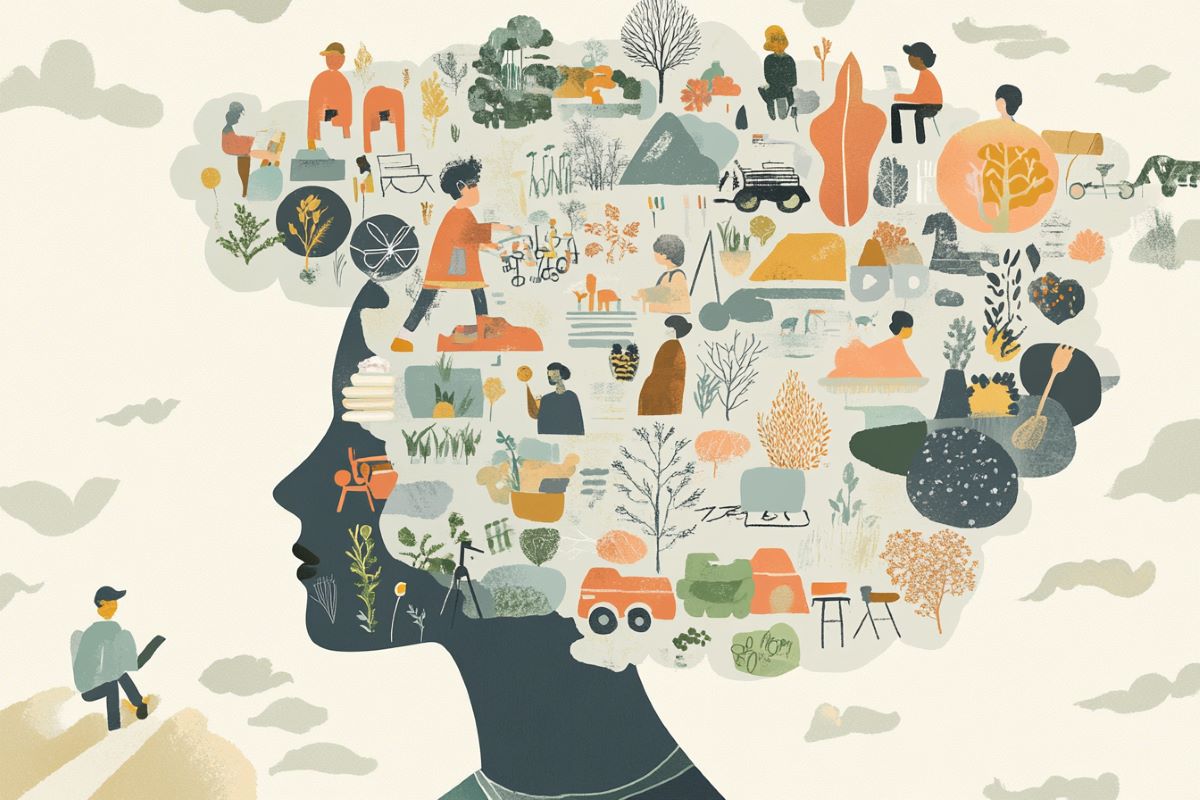Social Connections as a Pillar in Borderline Personality Disorder Therapy
Understanding Borderline Personality Disorder: Beyond Symptoms
While borderline personality disorder is often recognized by its symptoms such as mood swings, impulsive behaviors, and relationship challenges, loneliness remains its less visible, yet deeply impactful aspect. Traditional therapies like dialectical behavior therapy (DBT) often address symptomatic relief, but the lingering isolation experienced by individuals with BPD necessitates a deeper understanding and approach.
The Role of Social Connections in BPD Therapy
Shifting focus from symptom management to fostering social connections can reshape therapy for BPD. Building meaningful relationships can mitigate the distress caused by loneliness and contribute to lasting healing. As Brené Brown, a renowned research professor, once quoted,
"Connection is why we're here; it is what gives purpose and meaning to our lives."

Practical Strategies to Enhance Social Bonds
- Participating in group therapy sessions to build communal empathy.
- Joining community activities such as volunteer work to create sense of belonging.
- Engaging in mindfulness practices to cultivate self-awareness and improve interpersonal communication.
Explore these mindfulness tools that can support personal growth and connection-building.
Therapy Innovations: Digital Platforms and their Impact
Emerging technologies have paved the way for new avenues in therapy. Apps and platforms designed for mental health support, such as Talkspace and BetterHelp, offer users the convenience of accessing therapeutic guidance and community support from the comfort of their homes.
The Power of Community Initiatives
Communities addressing mental health issues have become instrumental in providing peer support. Allyship, mentorship, and empathetic listening form the core of these initiatives, aiding individuals in overcoming feelings of isolation. Learn more about community alliances and their positive impact on mental health.
